Chemotherapy is a type of treatment given to cancer patients who are under medication in order to overcome a particular ailment. This treatment involves chemical substances like cytotoxic and other drugs may be used. Chemotherapy is given to alleviate the symptoms and control cancer that has spread. Patients should be aware of the dental treatment after chemotherapy to avoid any major problems. Dentists should be careful about the dental treatment after chemotherapy for the cancer patient.
Classifications
Chemotherapy agents are divided into many groups depending on several factors such as:
- Mechanism of action
- Cell-specific types
- Formulation
- Relationship to the different drug
Chemotherapeutic agents consist of five classes:
Mitotic Inhibitors: It is derived from compounds and plants in phase of cell cycle by stopping mitosis as it can damage cells for reproduction. Some of the mitotic inhibitors are vincristine, vinblastine (vinca alkaloids), taxotere, taxol (taxanes) and ixempra (epothilones).
Anti-tumour antibiotics: It is used to treat infections and cells of DNA. Group of anti-tumour antibiotics agents are daunorubicin, idarubicin, epirubicin, adriamycin. There are some other types of anti-tumour antibiotics drugs such as bleomycin, actinomycin- D, mitomycin, mitoxantrone.
Topoisomerase Inhibitors: Specific type of enzyme interfered by drugs known as topoisomerases. During S phase, it helps for strands of DNA to separate cancer cell propagation enzymes inhibitors which prevent DNA replication. Topoisomerase inhibitors consist of irinotecan, topotecan and topoisomerase ii inhibitors which consist of teniposide and etoposide. The risk of acute myelogenous leukaemia has topoisomerase ii inhibitors after 2 to 3 years.
Antimetabolite: The normal building blocks of DNA and RNA in which antimetabolites interfere. During S phase antimetabolite damage cells and use to treat ovary, breast and gastrointestinal tract cancer. Some antimetabolite are is hydroxyurea, methotrexate, floxuridine and fludarabine.
Alkylating agents: It is used to treat cancers like leukaemia, sarcoma, lung cancer, lymphoma, Hodgkin disease as it damages DNA directly and in all phases of cycle. Alkylating agents are triazines, nitrosoureas, nitrogen-mustard, ethylenimines and alkylating sulfonates.
There are other agents like cytokines, corticosteroids, monoclonal antibodies and biologic medications. Corticosteroids help to avoid hypersensitivity reactions, nausea and vomiting for treatment with radiation and chemotherapy. Biologic therapy involves some substance which is extracted from living organisms. It has developed for disease like cancer in order to target specific types of cells. Some vaccines or bacteria are used to trigger immune system, these are also known as biologic response modifier therapy. There are other therapies of biological type like genetic material DNA, RNA and antibodies.
Chemotherapy side effects
The side effects of chemotherapy are mucositis/stomatitis, mucosal ulcerations, xerostomia, fungal and bacterial infections. Patients who undergo chemotherapy may also suffer from oral complications from the ailment and the treatment. It mainly affects oral mucosa and bone marrow. It is used individually or with another aspect of antineoplastic treatment with palliative combination. The combination may arise with immunosuppressed state of patients and ulcers may occur in a span of 2 weeks after chemotherapy. Patients with advanced cancer are commonly used as the stimulant and it may help in relieving pain. Severity of mucositis is caused by alkylating agents and antimetabolites suffering from advanced stage of cancer.
During the treatment, dividing cells are affected and normal cells are also involved. (Technically not making sense) Chemotherapy depends on location, type and dosage of treatment which varies from person to person. These also include nausea, loss of appetite and hair, sexual dysfunction, diarrhoea, pain, fatigue and constipation. It affects both peripheral and central nervous system, which could linger and last for long durations. Sometimes these side effects could be permanent.
Healing of lesions takes nearly 2 to 4 weeks after the last chemotherapy dose. Status of oral mucosa and changing peripheral blood counts have a direct relation, as it appears to be affected by chemotherapy. Neutropenic ulcers are seen in the case of severe neutropenia. When there is a chemotherapy treatment undergoing by agents secondary to xerostomia, it leads to rampant decay and affects teeth cementoenamel junction (CEJ). Patients with low white blood cells are more prone to fungal and bacterial infections. There is strong relationship between oral cavity, sepsis and bacteremia for myelosuppressed patients.
Chemotherapy management: Patients with dental problems undergoing chemotherapy prerequisites (Unable to understand) a focus on medical history prior to treatment initiation. During treatment, patient’s age has a strong influence on overall health fighting against cancer. The psychological impact upon them has to be recognised in suffering patients as it relates to perception and attitude.
Acute infection must be first considered by dental practitioners. Patient who is under chemotherapy medication or about to begin must be addressed to practitioner since there are areas of potential spread of infection.
Maintenance therapy must be monitored by a dentist and recalled frequently not only to those who have better healthy dentition, and also for acute diseases. Oral prophylaxis and root planning must be taken, good initiative care in the maintenance therapy stage. Patients whose system are recovered from the effects of chemotherapy must delay undergoing elective and cosmetic services. Radiation therapy of head and neck for the patients suffer from cervical caries, so the use of customised fluoride trays helps reduce the degree of impact in the oral cavity.
The chemotherapy agents have a great influence and closely related to the field of dentistry. Every dental practitioner during the course practice will come across patients with one or more who are suffering from cancer. Chemotherapy is included in the combination of treatment presently available for the disease treatment in the course of a lifetime. These agents are complex and also targets with the sophisticated mechanism of action when they are directed. In the field of dentistry is advancing through research to render for better service by enhancing the knowledge with experience and skills by the dental practitioner.
Bonus: Download our monthly e-bulletin!Click here to get it
DISCLAIMER : “Views expressed above are the author’s own.”

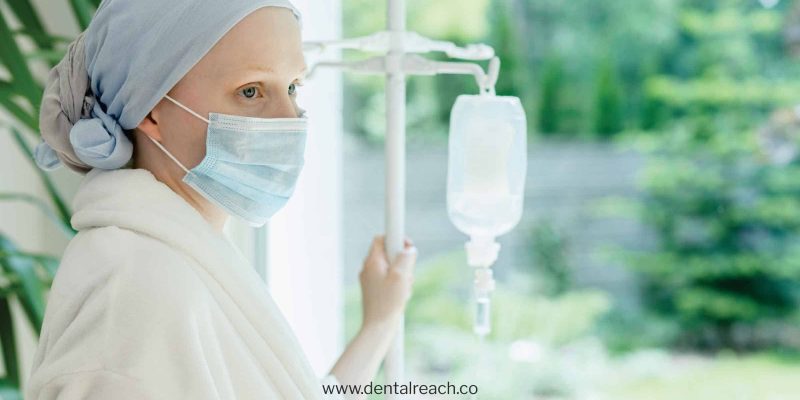



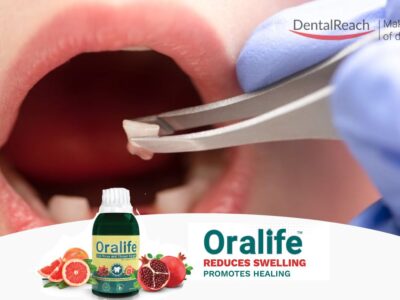
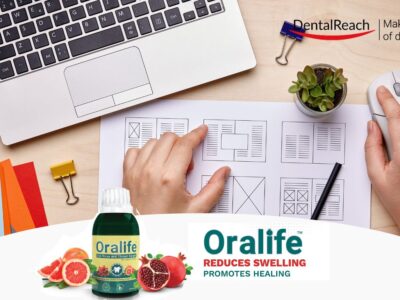
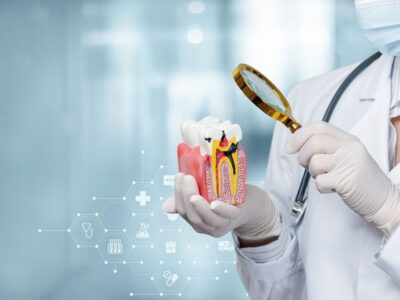
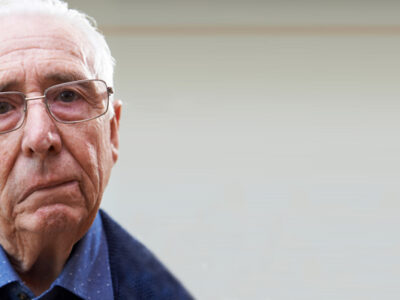










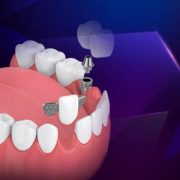
Thanks to my father who informed me about this blog, this web site is actually amazing.
I blog quite often and I truly appreciate your content. The article has really peaked my interest. I will bookmark your site and keep checking for new information about once a week. I opted in for your RSS feed too.
Thanks for the good writeup. It in truth was a amusement account it. Glance advanced to far brought agreeable from you! However, how could we be in contact?